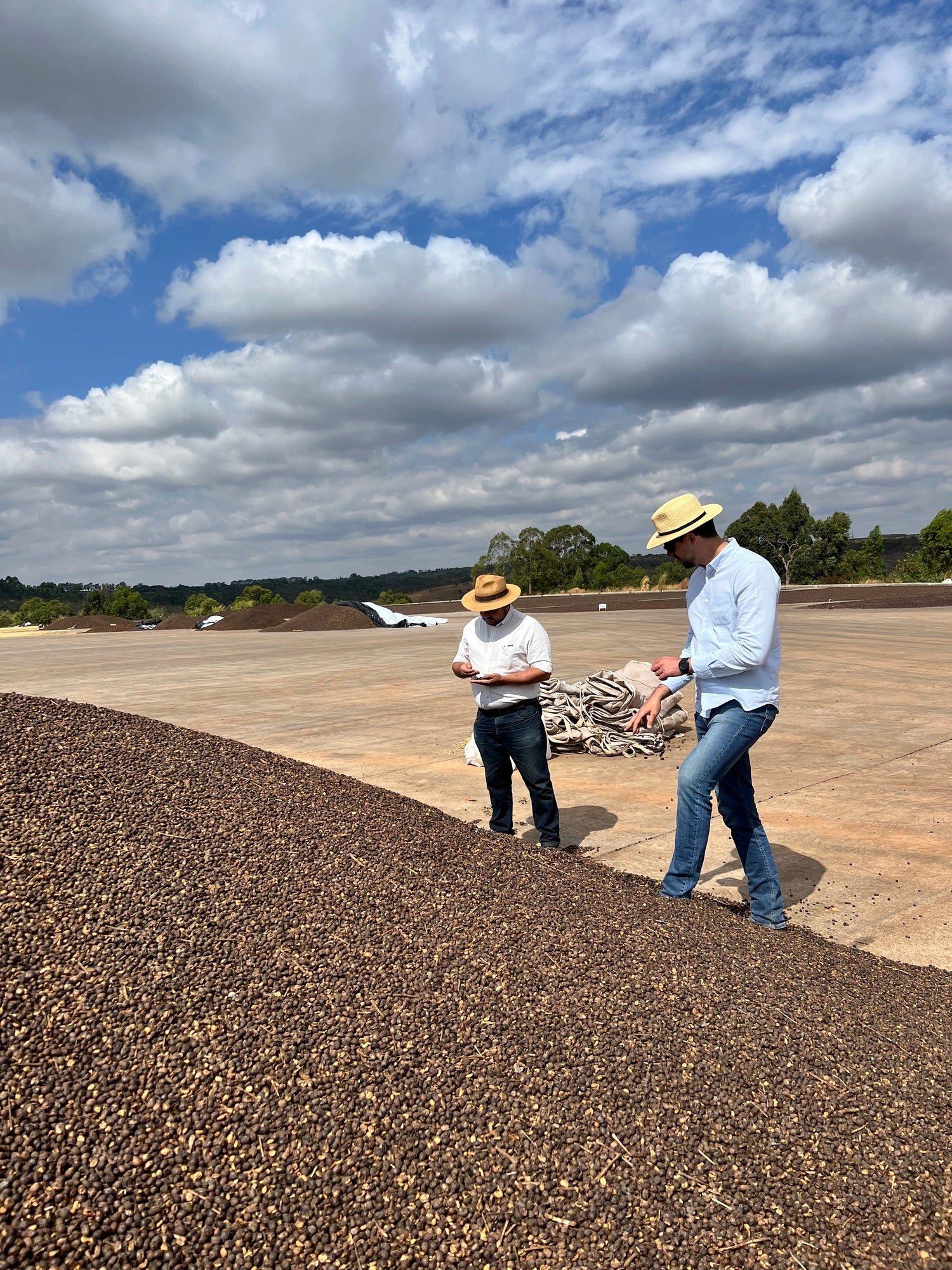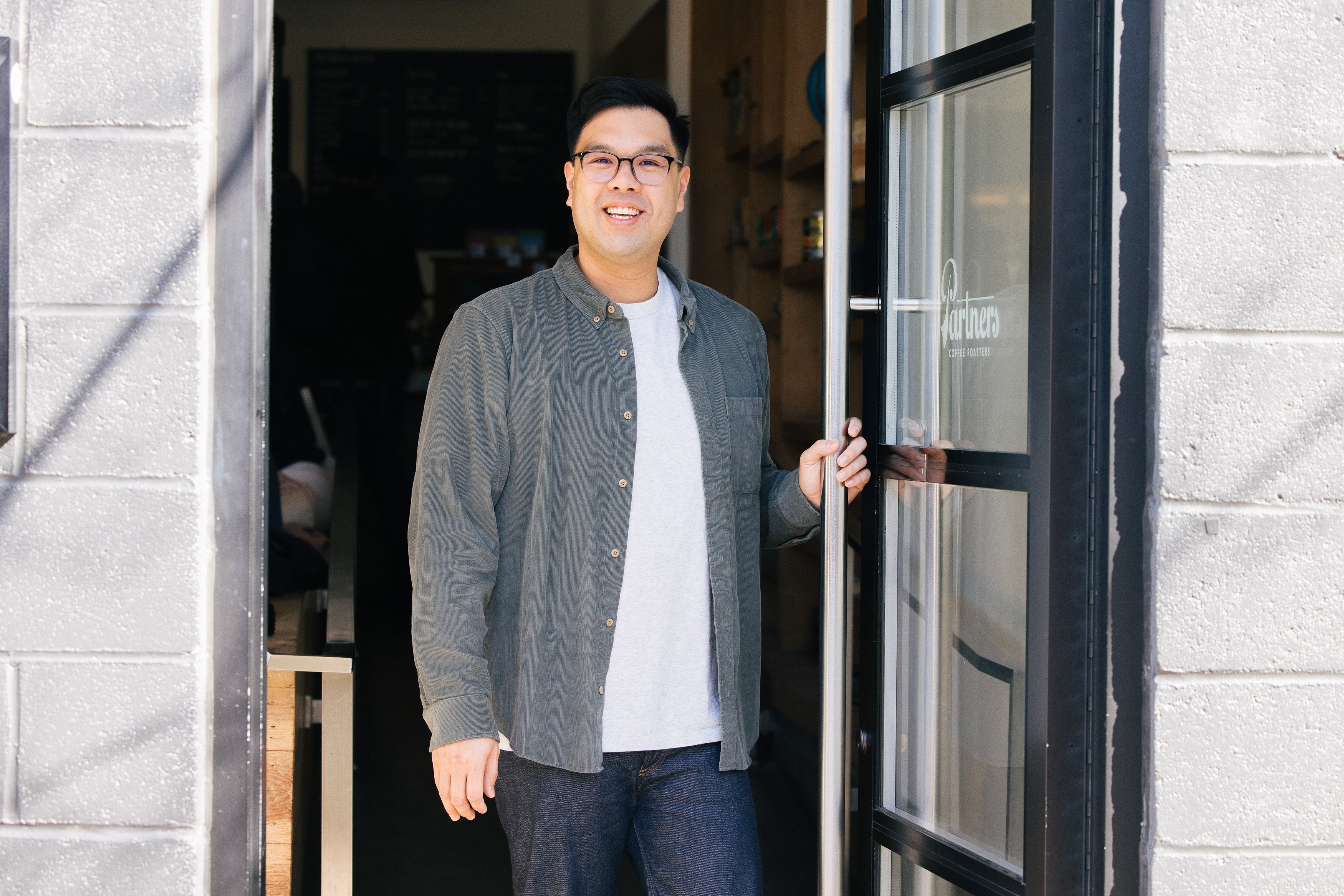Born into an agricultural family in Rio Grande do Sul, the southernmost state of Brazil, Inácio Urban moved north to Minas Gerais in the 1980s to pursue the incredible opportunity he saw in the subregion of Cerrado Miniero. Inácio acquired land gradually, starting with just 20 hectares of coffee, and today Fazenda Rio Brilhante is an astonishing 2,700 hectares: about 60% coffee, 20% native forest preserve, and the other 20% cotton, beans, and corn.
Today Minas Gerais is known to be a powerhouse of coffee production—responsible for around 15% of the world's coffee—but in the 1980s it was a newly emerging origin, ascending as production declined in the more southern state of Paraná (which is now too regularly prone to hard frosts). Cerrado Miniero's coffee farms exemplify modern Brazilian production—massive tracts of land, smooth terrain, and a long, warm, and dry harvest season ideal for the production of natural and pulped natural coffees.
In 2006, Inácio's children joined him in administering the family business. Today the Urban family remains heavily involved in the daily management of the farm, but works in conjunction with the team at Los Volcanes Coffee—our longtime sourcing partners in Guatemala who are running another equally impressive operation in Brazil. Similar to their work with partnered farms in Antigua Guatemala, their purpose is to design and implement agronomic and processing protocols to increase quality and productivity in an ecologically- and socially-responsible manner.
Rio Brilhante is triple the size of the next largest farm we buy from, and at this enormous scale coffee production looks different, utilizing colheitadeiras or combine harvesters to gather coffee during the harvest. Elsewhere, selective handpicking is necessary to ensure quality, but these harvesters employed in the right context can often enable better harvest management: calibrated for careful, precise work for premium lots, or calibrated for quick and complete harvesting for commercial production. To aid in this effort, farms in this part of Brazil are often arranged in a manner that promotes uniformity—with sections organized according to variety and spaced in a very regular and tidy manner.
Rio Brilhante is mostly flat with some gently rolling areas between 900 and 1,150 meters of elevation. The microregion to which it belongs, Pântano, enjoys well-defined seasons with good rainfall during the rainy season. The farm is divided into 45 sections growing several coffee varieties—mostly bourbon, arara, catuaí, catucaí, and topazio—and plots are separated by grevillea, mahogany, annatto, and casuarina trees. Harvest runs from May or June until September, employing as many as 240 people during the peak of harvest season and 135 year round.
This is our sixth year working with Los Volcanes - having worked with their core team in other circumstances even longer than that - but just our second year doing business with them in Brazil. We're constantly impressed by the caliber and ingenuity of their work and always excited to share their coffees on our menu.








Leave a comment
This site is protected by hCaptcha and the hCaptcha Privacy Policy and Terms of Service apply.